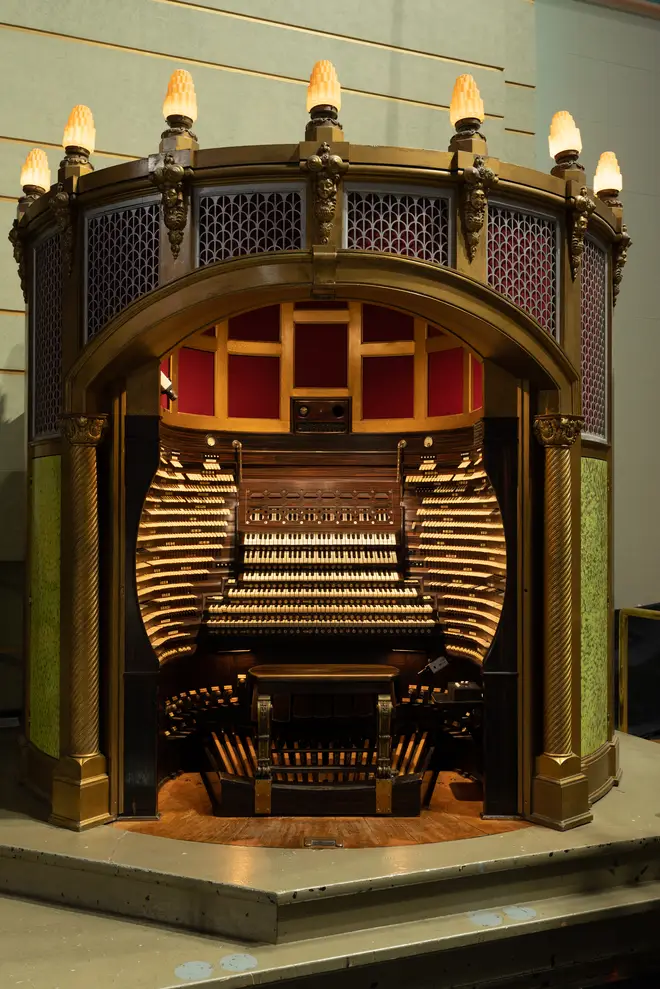On Air Now
Relaxing Evenings with Zeb Soanes 7pm - 10pm
11 May 2022, 17:45 | Updated: 12 May 2022, 10:30

Halloween recital heard on the world's largest pipe organ in New Jersey
The colossal instrument is the proud holder of four Guinness World Records for its size and volume.
Nestled in a cluster of islands lining the east coast of the United States, New Jersey’s Atlantic City is a popular holiday destination, well-known for its nightlife, casinos, beaches and the iconic Atlantic City Boardwalk.
Looking out over the Atlantic Ocean is Boardwalk Hall, home to the Miss America Pageant, ice hockey games, music concerts... and the world’s largest musical instrument.
With a whopping 33,112 pipes, the Boardwalk Hall Auditorium Organ holds four Guinness World Records, two relating to its size and two to its ear-splitting volume. Listen to the glorious sound (above) of this powerful instrument in Bach’s Toccata in D minor, performed by Thomas Gaynor.
Read more: Organist’s thundering Bach ‘Toccata’ played in Berlin Cathedral is a terrifying experience

Built between May 1929 and December 1932 by the Midmer-Losh Organ Company, the organ is one of only two in the world to have pipes 64 feet in length, the other being the Sydney Town Hall Grand Organ.
Tasked with filling the large Boardwalk Hall auditorium with its sound, the organ is also the loudest musical instrument ever constructed. The wind pressure that bellows through the instrument’s pipes when played is roughly 30 times more forceful than that on a normal organ stop.
Its sound is described in the Guinness Book of World Records as “a pure trumpet note of ear-splitting volume, six times louder than the loudest train whistle”, and it has been nicknamed the “Sonic Mount Rushmore” by the Historic Organ Restoration Committee.
Listen on Global Player: More organ music in our Classic FM Hall of Fame 2022 Live Playlist

Watch a virtual tour of the world's largest organ in New Jersey
The main console of the organ breaks records, too, with its seven manual keyboards and over 1,200 stops lining its walls.
The organ has been undergoing several decades of restoration, since being damaged by a hurricane in 1944 and further destruction by renovation work to the Hall in 2001. As of 2020, more than half of the organ is once again working.